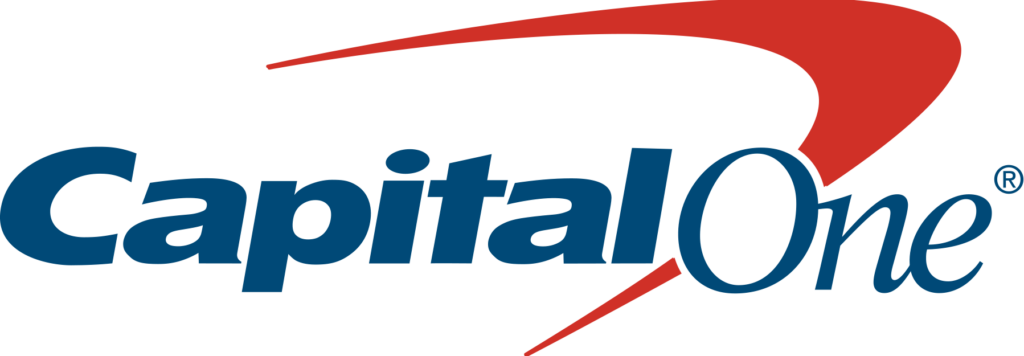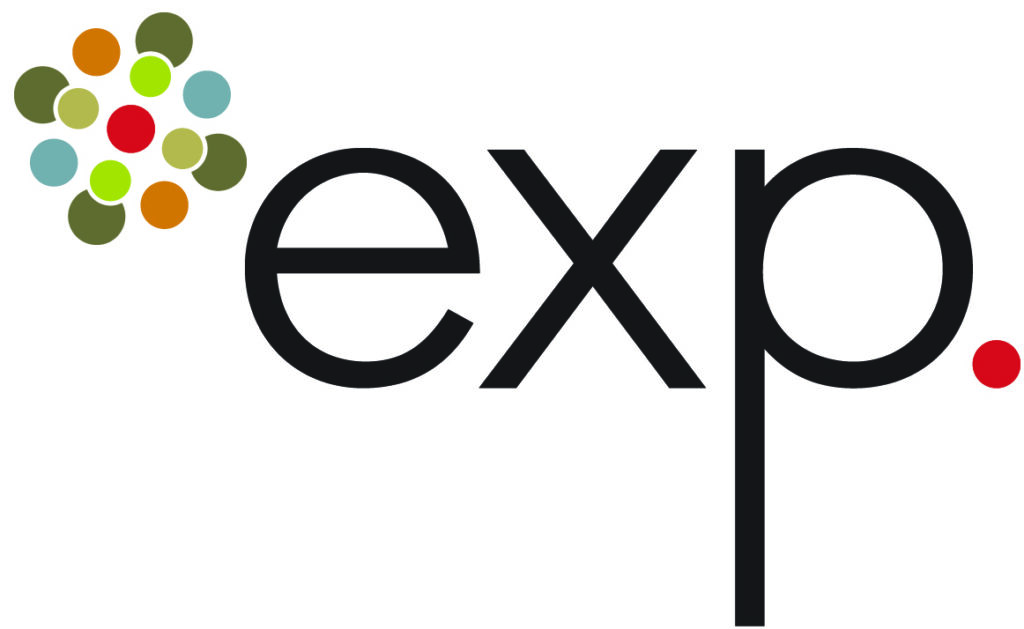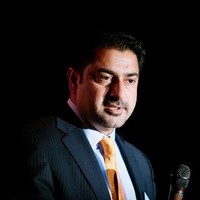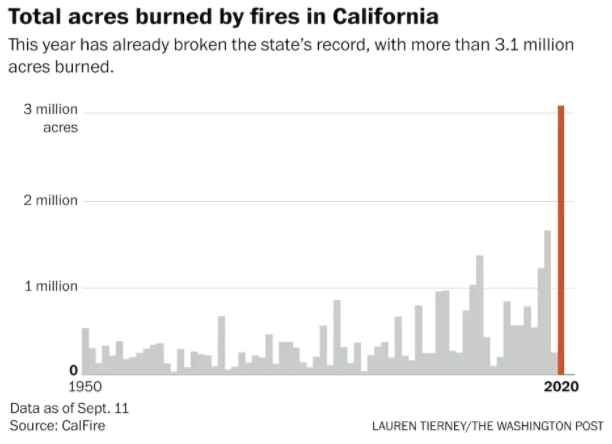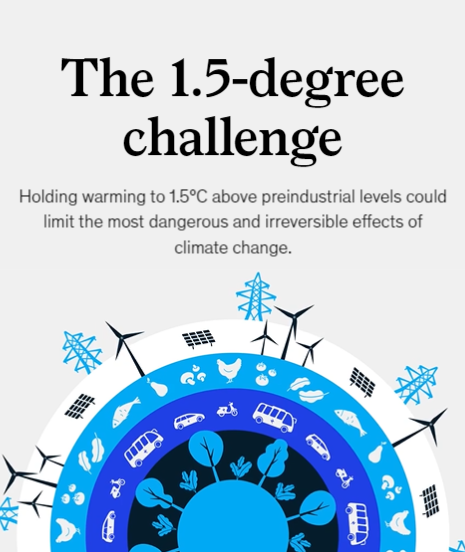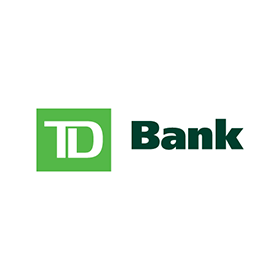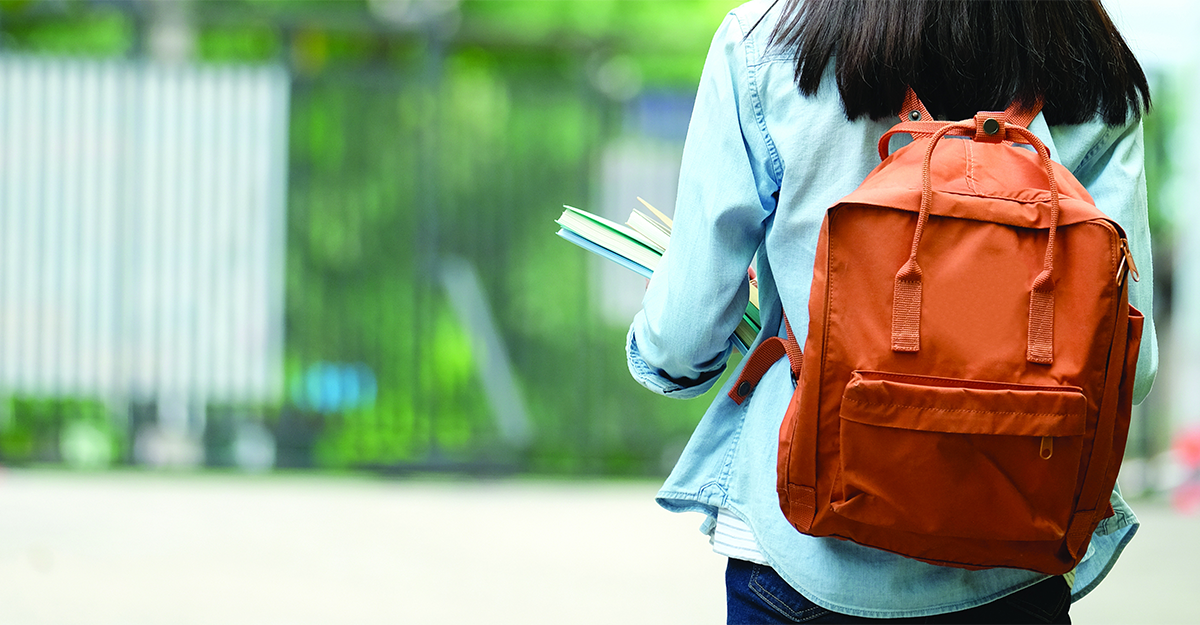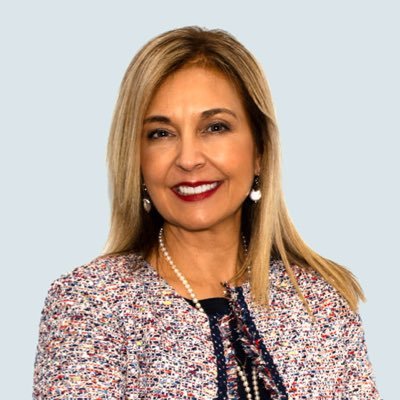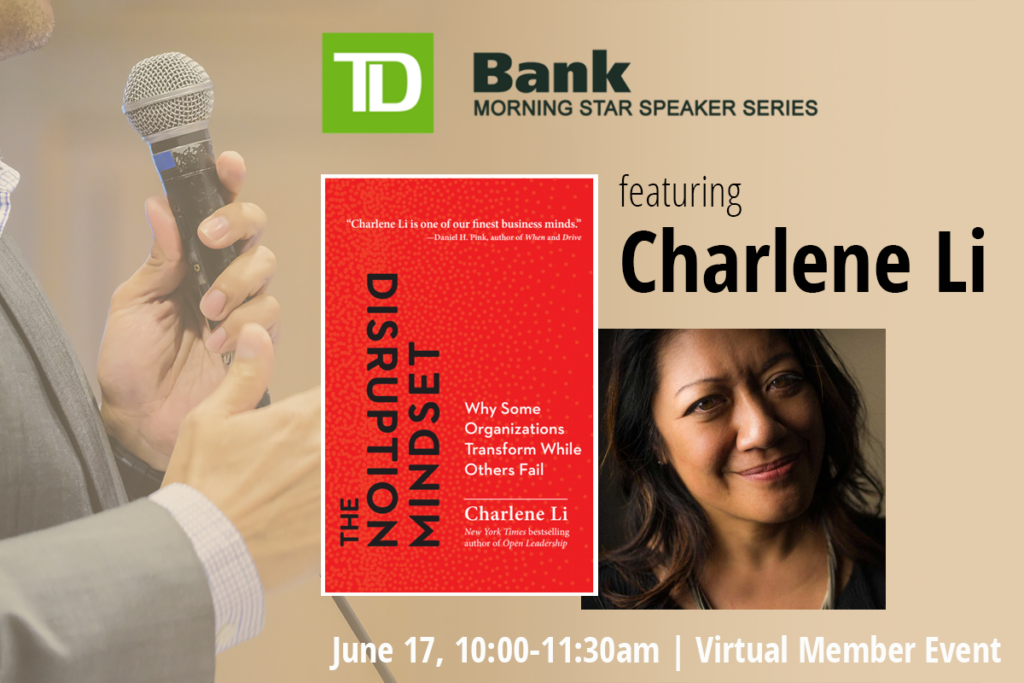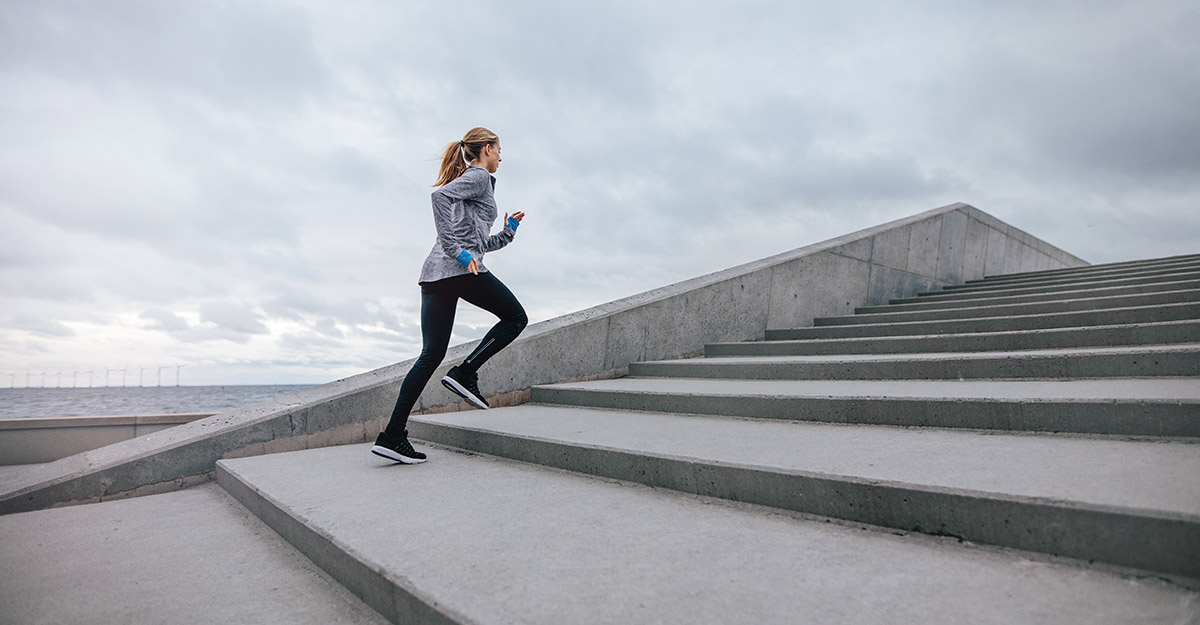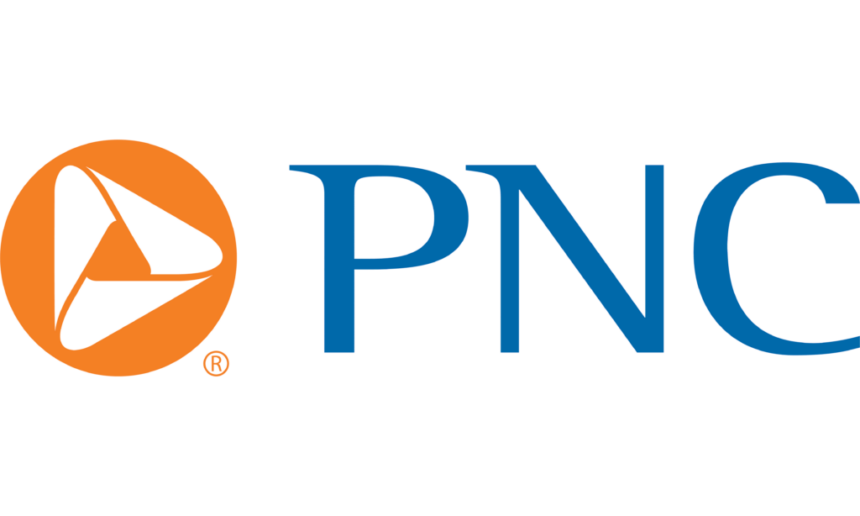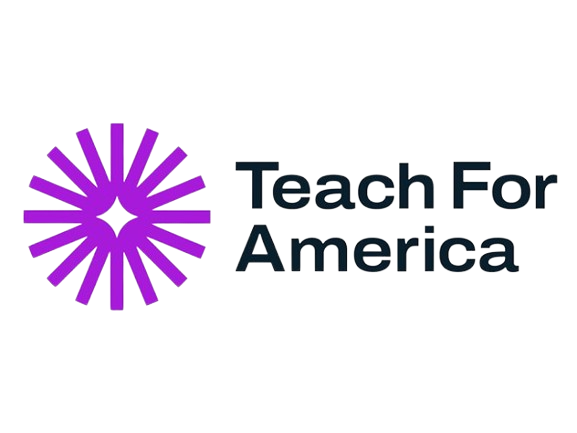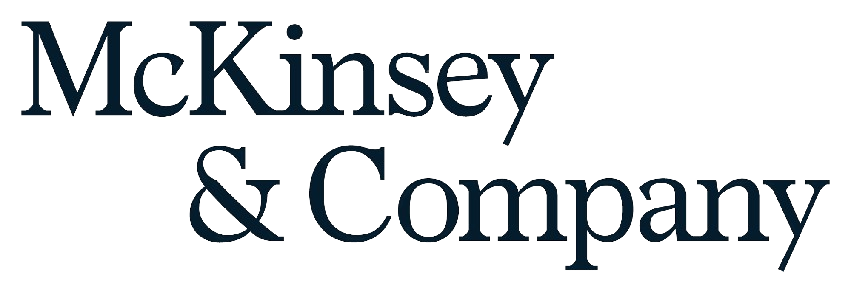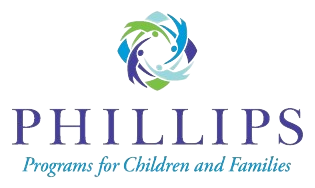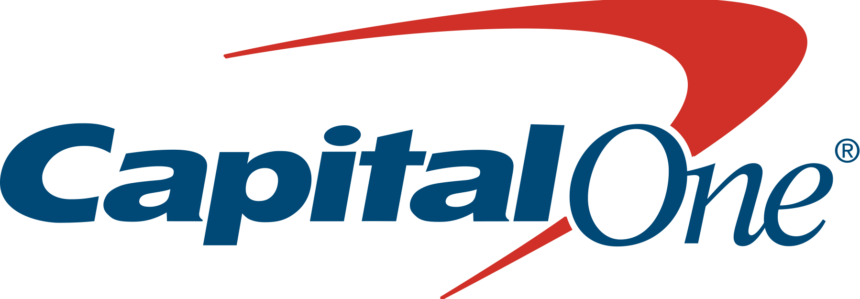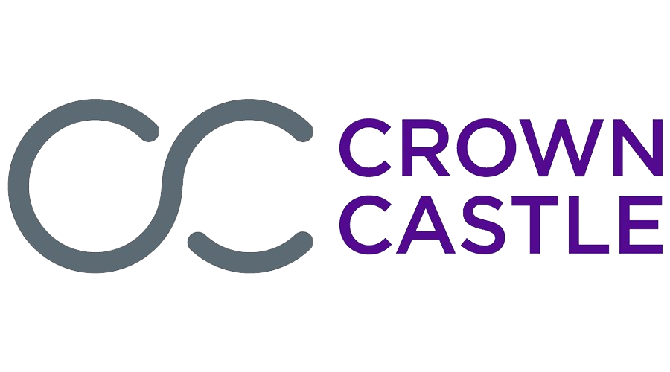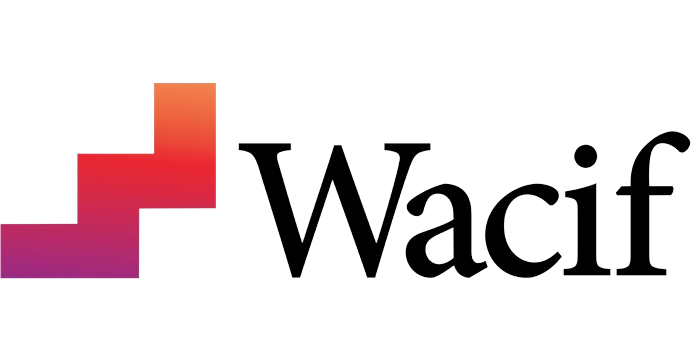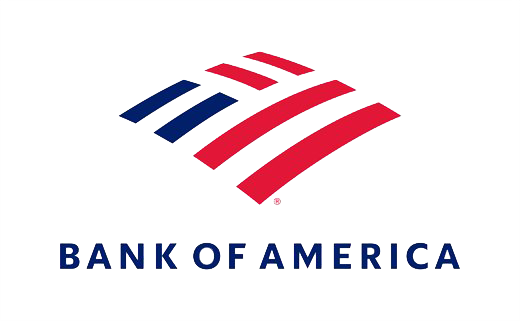This virtual event series presented by Capital One will give Board of Trade members and friends the opportunity to hear from local government officials on issues impacting the business community today.
On Friday, October 30, Board of Trade members and friends heard from the Hon. Angela Alsobrooks, Prince George’s County Executive; the Hon. Phil Mendelson, Chairman, Council of the District of Columbia; and the Hon. Jeff McKay, Chairman, Fairfax County Board of Supervisors on their current and future actions they are taking to help navigate through these uncertain times.
Watch the Recording
Read the Summary
- Prince George’s county was already leading the state of Maryland in job creation and transit-oriented development. County Executive Alsobrooks says that the pandemic has actually been an opportunity to accelerate investments in their community.
- Chairman Mendelson said that the DC government is focused on closing the achievement gap among public school students, which has been exacerbated by the pandemic. They are paying more attention to that now and making it a greater priority.
- Regarding the pandemic, he is nervous to see how public health trends go as we head into the colder months. He said that DC is still in phase 2 of reopening. He also raised concerns about the potential efficacy and adoption of a future vaccine, warning that having a vaccine available may not be enough to completely solve the COVID-19 problem.
- Chairman McKay says that his administration in Fairfax County has evolved to see the pandemic as a long-term change in our way of life, not just a short-term problem. We need to rethink how we get back to normal.
- He says, “Our best days are when we are tested.” He agreed with County Executive Alsobrooks that the pandemic has caused our communities to double down on efforts to solve systemic issues, such as the lack of affordable housing.
- County Executive Alsobrooks described her administration’s dedication to being forthcoming, clear, honest, and engaged with their community and facilitating continuous two-way communication. She says that has helped to build public support and participation in fighting the virus.
- She also says that by continuing to make decisions in the best interests of the public and based on the guidance of public health experts, local governments can build and maintain trust from the public.
- Chairman Mendelson notes that the whole region is seeing great compliance with mask mandates and that generally, wearing a mask has not become a political issue here. He credits the consistency and honesty of local government leaders, and echoed County Executive Alsobrooks in saying that this builds public trust.
- He argued that having adequate supplies for testing and PPE so that the public can take care of their own needs is also important, and that allowing and concealing shortages of these materials breeds distrust.
- Chairman McKay agreed with County Executive Alsobrooks and Chairman Mendelson that local governments must be a trusted source of information for residents. He described the decision of his county and others in Northern Virginia to slow down reopening in their jurisdiction at a time when the rest of Virginia was moving to the next phase, and he claims that this decision likely made a big difference in reducing transmission. He also credits this decision with building additional trust with the public.
- Chairman McKay explained that Fairfax County does enforce its mask mandate and take it seriously. They employ multi-language campaigns to make sure that all members of the community are aware of the expectations.
- On the economy, County Executive Alsobrooks admitted that she expects that the region will see some pain over the next few years, but she stressed the importance of continuing to make smart investments in transit, workforce, childcare, and other areas so that the region can stay competitive with other regions in attracting business.
- Chairman Mendelson said that the DC economy is holding up surprisingly well, but still taking a big hit. There is a great amount of uncertainty. He does not wish to cause alarm but does believe we should be clear about the risks ahead.
- He is particularly concerned about the looming eviction crisis. Right now, there is a moratorium on evictions, but when that expires, we could be facing a huge eviction surge. He says the DC government has not found a solution yet.
- Chairman McKay says that Fairfax County is doing a great job attracting new businesses, the real estate market is “red hot,” and interest rates are low—all good factors for the county economy. However, he echoed Chairman Mendelson in expressing concern about commercial real estate and the future of that market.
- The biggest challenge Fairfax County faces as a community is balancing the county budget if the federal government does not pass another stimulus that includes money for states and local governments.
- He said that Fairfax County is testing the population aggressively so that they have a clear view of the degree to which COVID-19 is spreading. He said that the county is doing really well but it is important to keep a close eye on the health metrics and be ready to increase restrictions if needed, but if residents continue to comply with existing guidance, hopefully that won’t be necessary.
- On education, County Executive Alsobrooks described that it was important at the beginning of the pandemic to ensure that all children can learn virtually, which meant distributing laptops and providing internet connections for some families.
- She described their infrastructure financing program, which is emerging as a model for the country. That program includes building six new schools over the next few years, which will allow the county to create jobs, provide better facilities for students, and stimulate economic activity that is expected to benefit small and minority-owned businesses.
- Chairman Mendelson said that DC is planning on bringing some children back to school, prioritizing the youngest children and those with disabilities, but there is controversy surrounding this decision. He said that education is a long-term investment, so not overcoming the gaps that are occurring because of distance learning will have long-term consequences.
- Like Prince George’s County, the District has invested in providing laptops and wifi hotspots to the community to enable distanced learning, which Chairman Mendelson says is a silver lining of this situation.
- Chairman McKay has small children at home, so he understands the frustration of parents. He also said that Fairfax County has invested in providing the digital tools for distance learning, like Prince George’s County and the District.
- He described a summer camp that was used as an experiment for safe on-site childcare and learning, which was successful and has been expanded during the school year for children whose parents cannot supervise them during the day.
- The panelists were asked for their views on how a Biden victory in the upcoming presidential election would impact their jurisdictions. County Executive Alsobrooks says she believes Prince George’s county would acquire the new FBI headquarters, a major asset for her community. Chairman Mendelson raised the issue of local governments needing additional federal stimulus, especially the District which was shortchanged in the CARES Act, and said this is much more likely to happen in a Biden administration (the Trump Administration has opposed providing additional funding for state and local governments). Chairman McKay agreed on these points and added that a Biden administration will carry the message of scientists on how to address the pandemic, which will help local governments who need to deliver those messages. He also said that under a Biden administration, he expects there to be more public trust in a vaccine, which is critical to getting the adoption we need. He summarized that a Biden administration would boost federal employee morale, be good for federal contractors, provide more desperately needed funding for state and local governments, and boost public trust in our public health efforts.
- The panelists were asked to name one major priority for the remainder of the year. County Executive Alsobrooks said she is focused on supporting local businesses. Getting to a strong economic position will go very far in supporting families in our region. Chairman Mendelson said that a priority issue in the District is building public trust in their police force. He says that he believes DC is far ahead of other jurisdictions around the country on policing, but more can be done. Chairman McKay said a priority issue is instilling confidence in the public that when we begin to emerge from the pandemic, the county will continue to be a great place to do business. The county is committed to growing the economy and ensuring all residents can do well.
This webinar sponsored by
